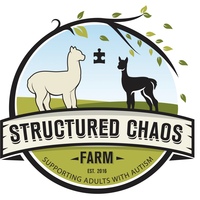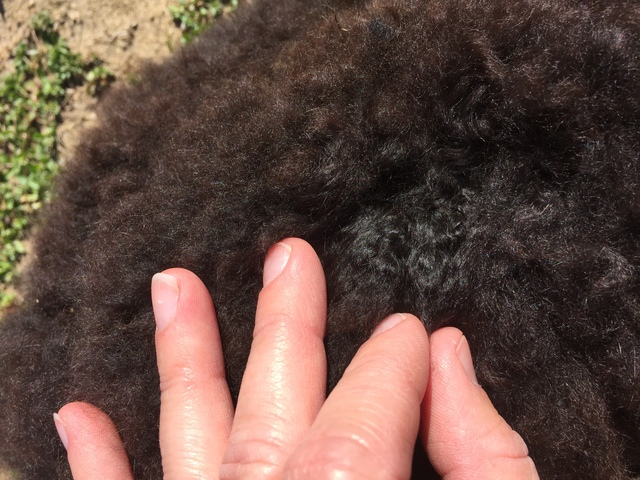Alpaca and Their Fiber
In addition to selling the fleece and the animals, many alpaca owners operate a retail store selling alpaca end-products—either on or off their farms. Products are sold directly to consumers at their store or over the Internet. Many also sell alpaca products through craft fairs, farmers markets, and retail sites. Sales of these end-products can provide considerable supplemental income to alpaca owners.
Let’s start by comparing alpaca fleece with wool from most breeds of sheep. In general, alpaca fleece is stronger, lighter, warmer, and more resilient. Finer grades of alpaca fleece (known commercially as "Baby Alpaca") are believed to be hypo-allergenic, meaning it does not irritate your skin as sheep’s wool sometimes does. Unlike sheep’s wool, alpaca fleece contains no lanolin and is therefore ready to spin after only nominal cleaning. Prized for its unique silky feel and superb "handle," alpaca fleece is highly sought-after by both cottage-industry artists (hand spinners, knitters, weavers, etc.) as well as the commercial fashion industry.
Alpaca fleece has a great variety of natural colors, making it very much in vogue: 16 official colors (white; beige; and shades of fawn, brown, black, and grey) with many other subtle shades and hues. White, light fawn, and light grey can be readily dyed, thus offering a rainbow of colors for the fiber artist. Alpaca fleece can also be combined with other fine fibers such as merino wool, cashmere, mohair, silk, and angora to attain incredibly interesting blends.
January 12, 2019

